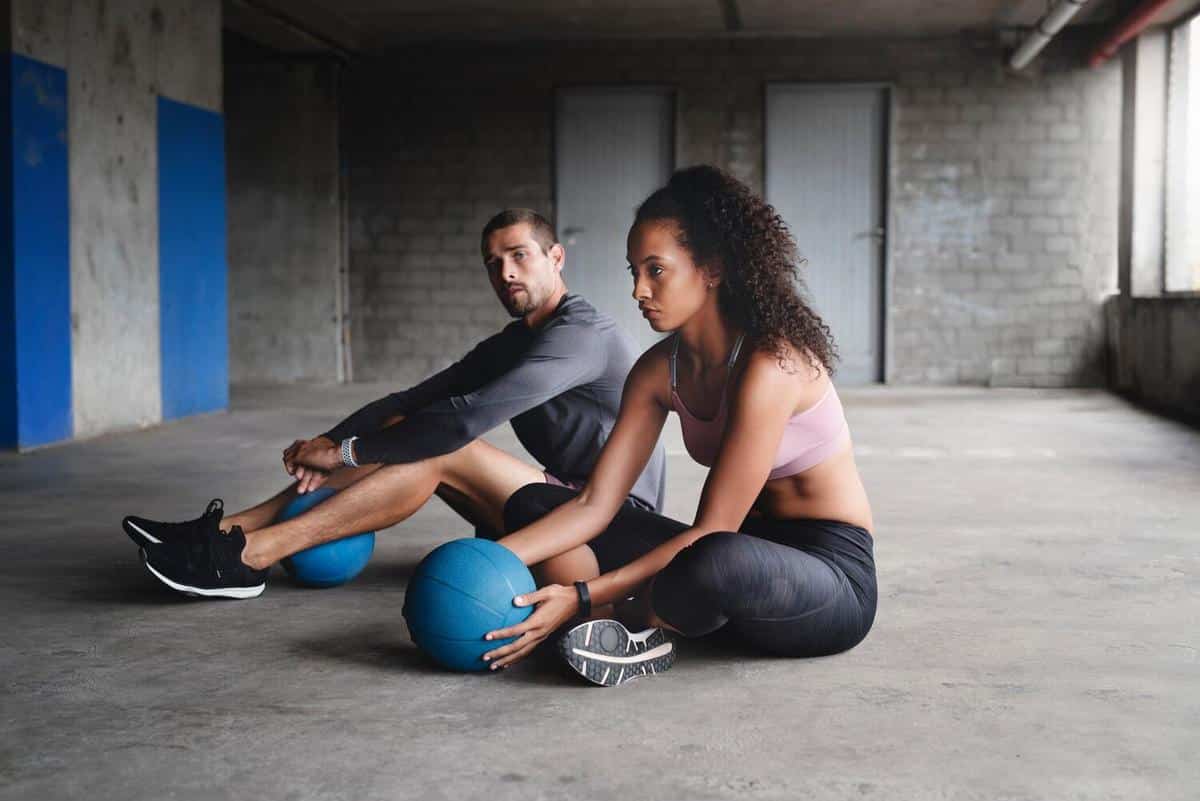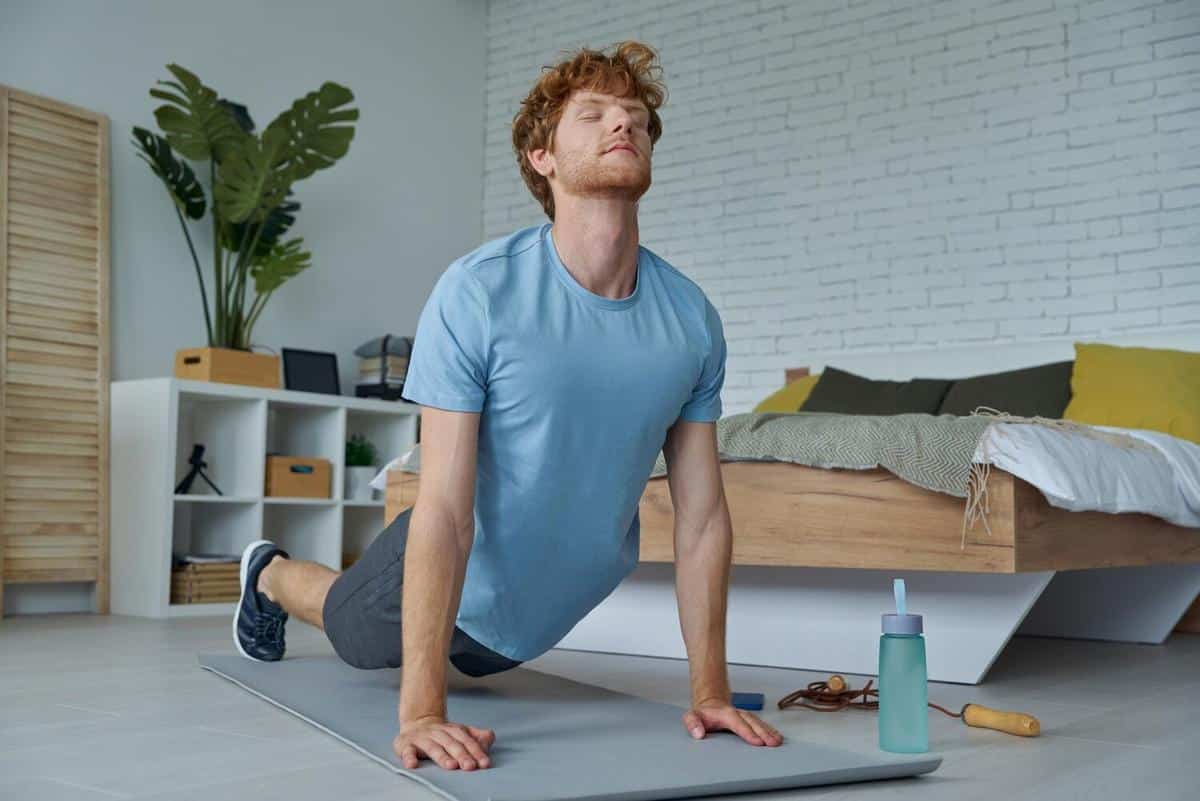
The Rise of Functional Fitness: What It Means for You
Functional fitness is gaining traction in the world of physical fitness, offering a refreshing approach that emphasizes real-world movement and practical strength.
Functional fitness is not just a buzzword; it’s a transformative approach to exercise that focuses on building strength, agility, and endurance to improve daily activities. Unlike traditional gym workouts that often isolate specific muscles, functional fitness routines incorporate movements that mimic real-life actions. This method is about training your body to handle everyday tasks with ease and efficiency.
Understanding Functional Fitness
Functional fitness revolves around exercises that train your muscles to work together, preparing them for daily tasks by simulating common movements. According to physical trainer and author Mark Rippetoe, “Functional fitness is about teaching all the muscles to work together rather than isolating them to work independently.” This holistic approach can enhance your balance, coordination, and strength, making daily tasks easier and reducing the risk of injury.
Why the Rise in Popularity?
Several factors have contributed to the rise of functional fitness. A report from the American Council on Exercise highlights a growing trend towards workouts that offer real-world benefits. People are seeking more than just a toned physique; they want strength that translates into everyday life. The versatility and accessibility of functional workouts have also played a role, as they require minimal equipment and can be done at home or outdoors.
Personal Stories of Transformation
Consider Rob, a 45-year-old office worker who struggled with back pain and fatigue. After incorporating functional fitness into his routine, he noticed significant improvements. “I can now lift my kids easily and do yard work without feeling sore,” Rob shares. His experience echoes the sentiments of many who have embraced this fitness trend.
Key Components of Functional Fitness
Functional fitness programs typically include exercises like squats, lunges, push-ups, and deadlifts, which engage multiple muscle groups. These movements are designed to improve core stability and overall strength. Let’s take a closer look at some foundational exercises:
| Exercise | Primary Muscles Targeted | Real-Life Application |
|---|---|---|
| Squats | Quads, hamstrings, glutes | Sitting and standing |
| Lunges | Quads, hamstrings, glutes | Walking, climbing stairs |
| Push-ups | Chest, shoulders, triceps | Getting up from the floor |
| Deadlifts | Back, glutes, hamstrings | Lifting objects |
| Rows | Back, shoulders | Pulling activities |
| Planks | Core, shoulders | Stabilizing posture |
| Burpees | Full body | Quick transitions |
| Step-ups | Quads, glutes | Climbing |
Practical Tips for Starting Functional Fitness
If you’re new to functional fitness, start with bodyweight exercises to build a foundation. Focus on form and gradually increase intensity. Incorporate equipment like kettlebells and resistance bands for added challenge. Remember to listen to your body and rest as needed.
FAQs
Is functional fitness suitable for beginners?
Yes, functional fitness can be tailored to all levels, making it ideal for beginners.
Can I do functional fitness at home?
Absolutely! Many functional exercises require little to no equipment, making them perfect for home workouts.
How long should a functional fitness session last?
A typical session can last between 30 to 60 minutes, depending on your goals and fitness level.
Conclusion
As functional fitness continues to rise in popularity, its impact on daily life and overall health becomes increasingly evident. By focusing on movements that improve your day-to-day activities, you can enhance your quality of life and reduce the risk of injury. Embrace functional fitness today and discover the benefits of a more practical approach to exercise.


